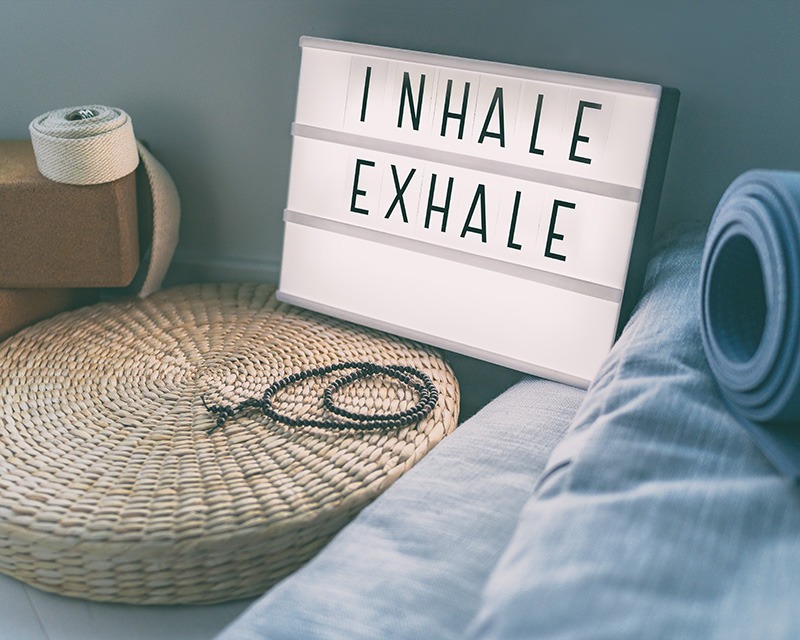9D Breathwork is a transformative modality that combines conscious breathing with immersive soundscapes, guided vocal cues, and energetic techniques to support emotional release, nervous system regulation, and deep inner healing. This experience is designed to take you beyond the thinking mind and into profound connection with your body, breath, and subconscious.
Unlike traditional breathwork, 9D Breathwork brings together nine layers of support—including guided meditation, binaural beats, and somatic cues. The goal is to move beyond overthinking and access the subconscious through conscious breath and sensory immersion. Our clients find it grounding, clarifying, and emotionally restorative.
9D Breathwork can support healing and growth for individuals experiencing:
- Stress, anxiety, and depression
- PTSD and trauma
- Chronic pain or tension
- Insomnia and sleep disturbances
- Addiction
- Disordered Eating
- Grief and loss
- Emotional overwhelm or disconnect
What are the Benefits of 9D Breathwork?
- Reduces stress and anxiety
- Improves emotional regulation
- Enhances mood and inner balance
- Builds emotional intelligence
- Sharpens focus and clarity
- Supports deeper, more restorative sleep
- Boosts natural immune function
- Increases physical energy and vitality
- Helps regulate the nervous system
- Promotes full-body relaxation
- Fosters personal healing and transformation
- Encourages personal connection and insight
- Deepens self-awareness and introspection
- Sparks creativity and intuitive expression
- Amplifies self-growth and inner alignment
If you are interested in trying 9D Breathwork, it is important to find a qualified practitioner who can guide you through the process. 9D Breathwork can be a powerful tool for healing, but it is important to approach it with caution and respect.
When to Avoid Breathwork
Because breathwork can involve intense physical and emotional release, it’s not suitable for everyone.
Please consult your doctor before participating if you have:
– Heart conditions or high blood pressure
– Glaucoma or retinal issues
– Osteoporosis or recent injuries
– Seizure history
– Unmanaged asthma
– Are pregnant or taking major medications
We want you to have a safe and supportive experience, so please reach out with questions about your suitability.

What to Expect in a 9D Breathwork Group Session
We currently offer monthly small group sessions. Each session lasts about 2 hours, including time for orientation, intention-setting, and integration. We do ask that you arrive early or on time because we do not want to shorten the session or risk impacting the experience for anyone else in the group. Since you will be laying on the ground for the entire session, we also take time to make sure you’re as comfortable as possible during the session.

Meet Your Facilitator: Helenita Frounfelkner
Helenita Frounfelkner is a certified 9D Breathwork facilitator who brings warmth, intuition, and deep presence to every session. With a background in somatic healing and trauma-informed care, Helenita creates a safe and supportive space for participants to explore their inner landscapes and release what no longer serves them.
She leads our monthly group sessions and also offers individual breathwork sessions for those seeking more personalized experience. Whether you’re new to breathwork or returning for deeper integration, Helenita’s grounded guidance helps you connect with your breath, your body, and your truth.
To inquire about individual sessions or upcoming group dates, contact us to learn more.

